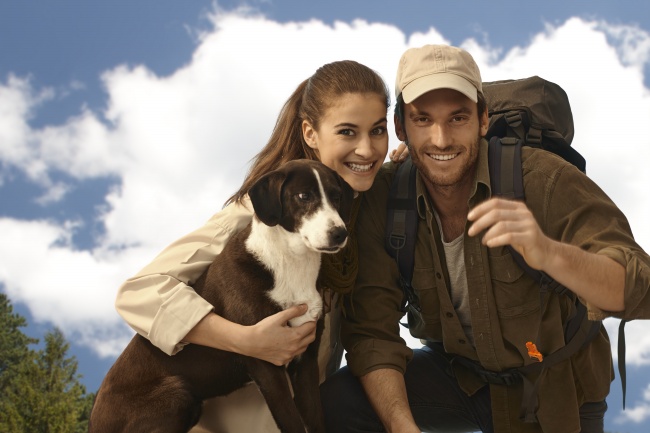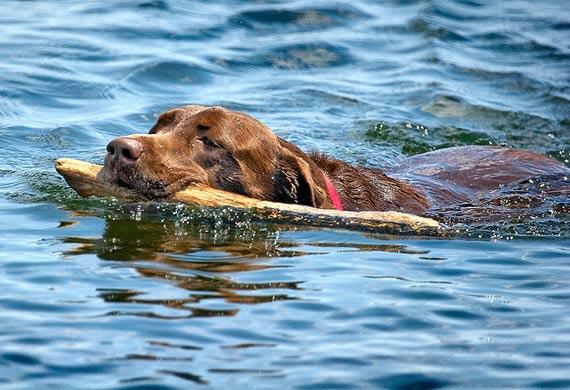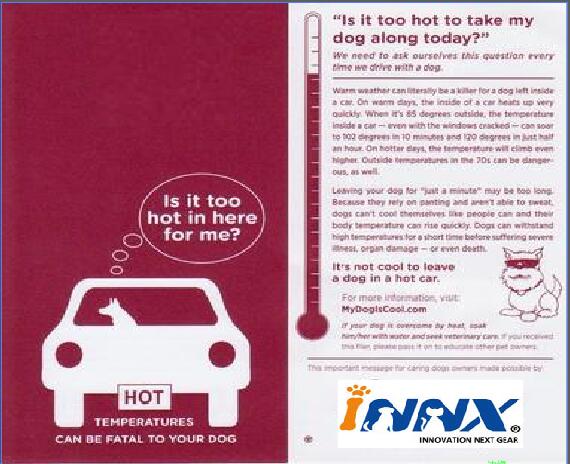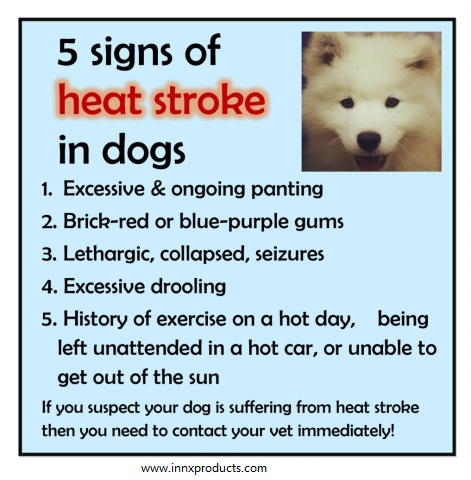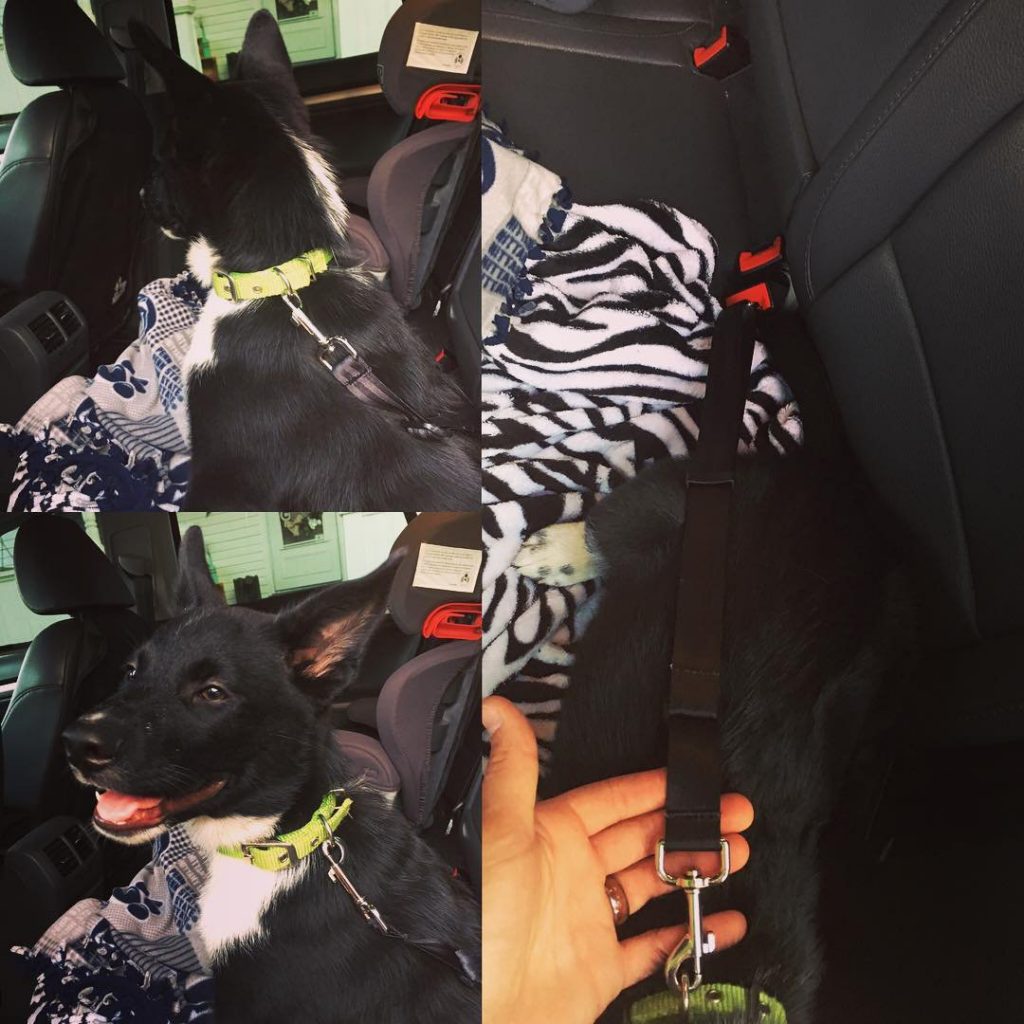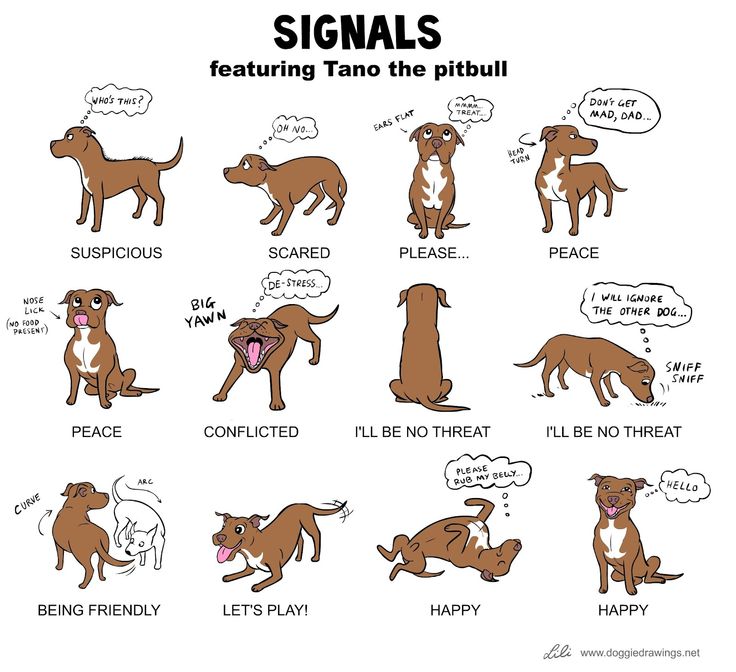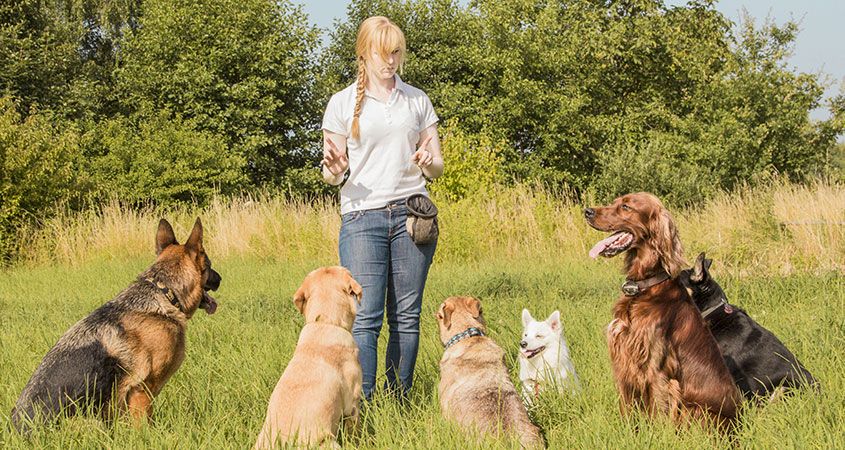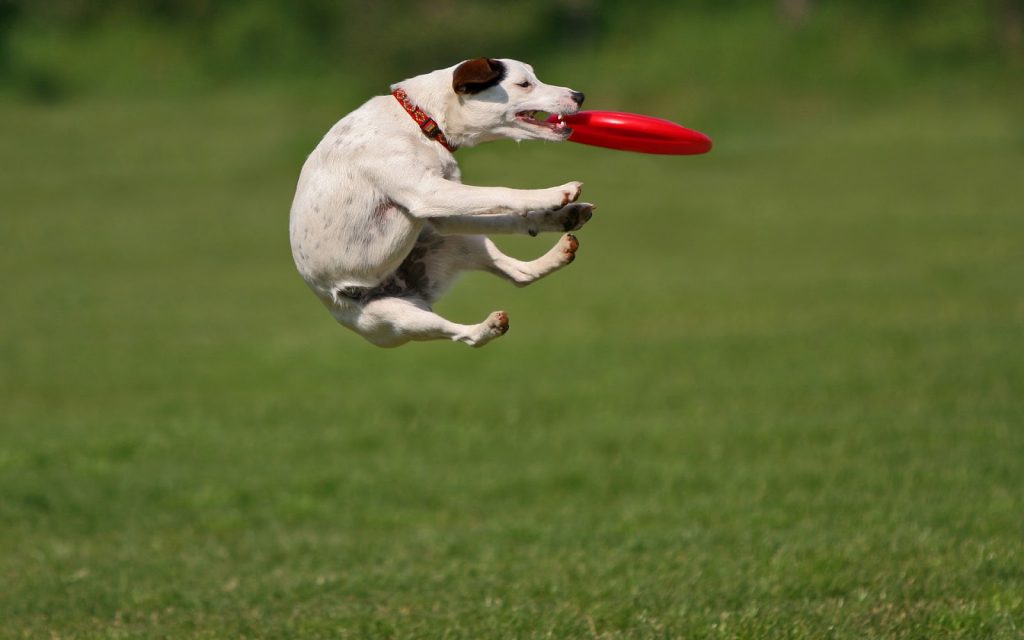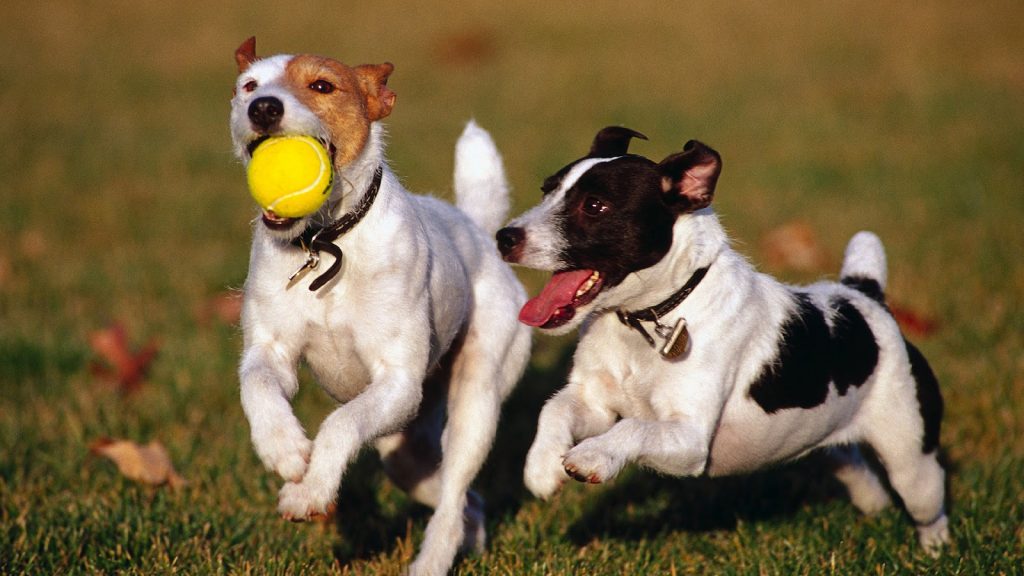It’s important to spend quality time with your dog, and though your daily routine will normally be a few walks and some play, why not make things exciting on occasion by going on an adventure!
1. Find a local park and figure out a time when no one else is around so that your dog can run free, off leash (assuming they are well trained). If they need a little work on their recall, a dog-friendly playground or tennis court works as well.
2. Visit friends or relatives in rural areas with plenty of land to explore. The more fenced in the better, but on leash romps are great too!
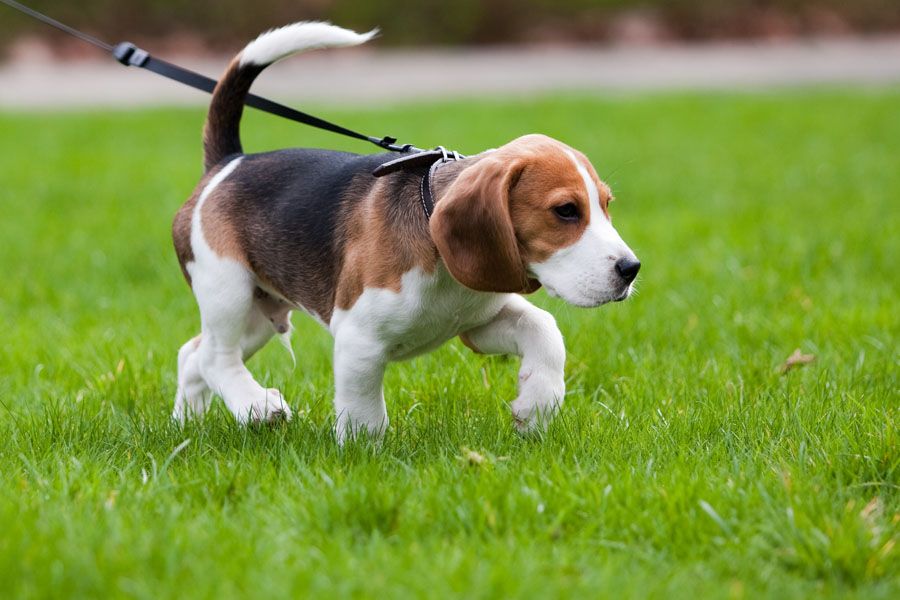
3. Setup play dates with other friendly dogs. Create a network of “social buddies” for your pooch.
4. Find a quality doggie daycare that lets the dogs socialize and play all day.
5. Go to an empty beach in the off-season and let your dog dig in the sand! Many dogs go crazy once they realize the holes they can dig!
6. Contact a friendly farmer and make arrangements to tour and/or roam the farm at appropriate time, so your dog can experience new sights and smells.
7. Hire a pet care specialist who knows of unique exercise opportunities for your dog.
8. Visit local streams and rivers and let your dog wade and swim in warm weather.
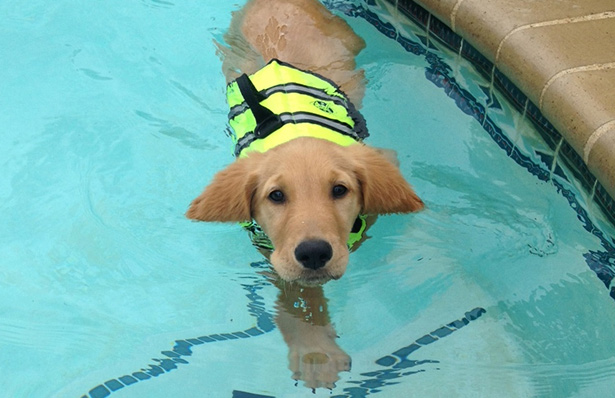
9. Find unique terrain that your dog has never seen before and let him explore.
10. Take your dog bird watching, or maybe just squirrel watching! We have a feeling this may not be too successful!
11. Take your dog camping! Spending time in the outdoors is a great way to bond with your dog!
12. Take a Dog friendly vacation! Rent a cabin by a lake, a yurt in a forest or a room at a Canine friendly B&B!
13. Get involved in dog sports or clubs. There are local groups in almost every state.
14. Introduce your well-behaved dog to other animals. Many farm animals get along great with friendly dogs. We’ve seen dogs play with goats, horses and cows.






